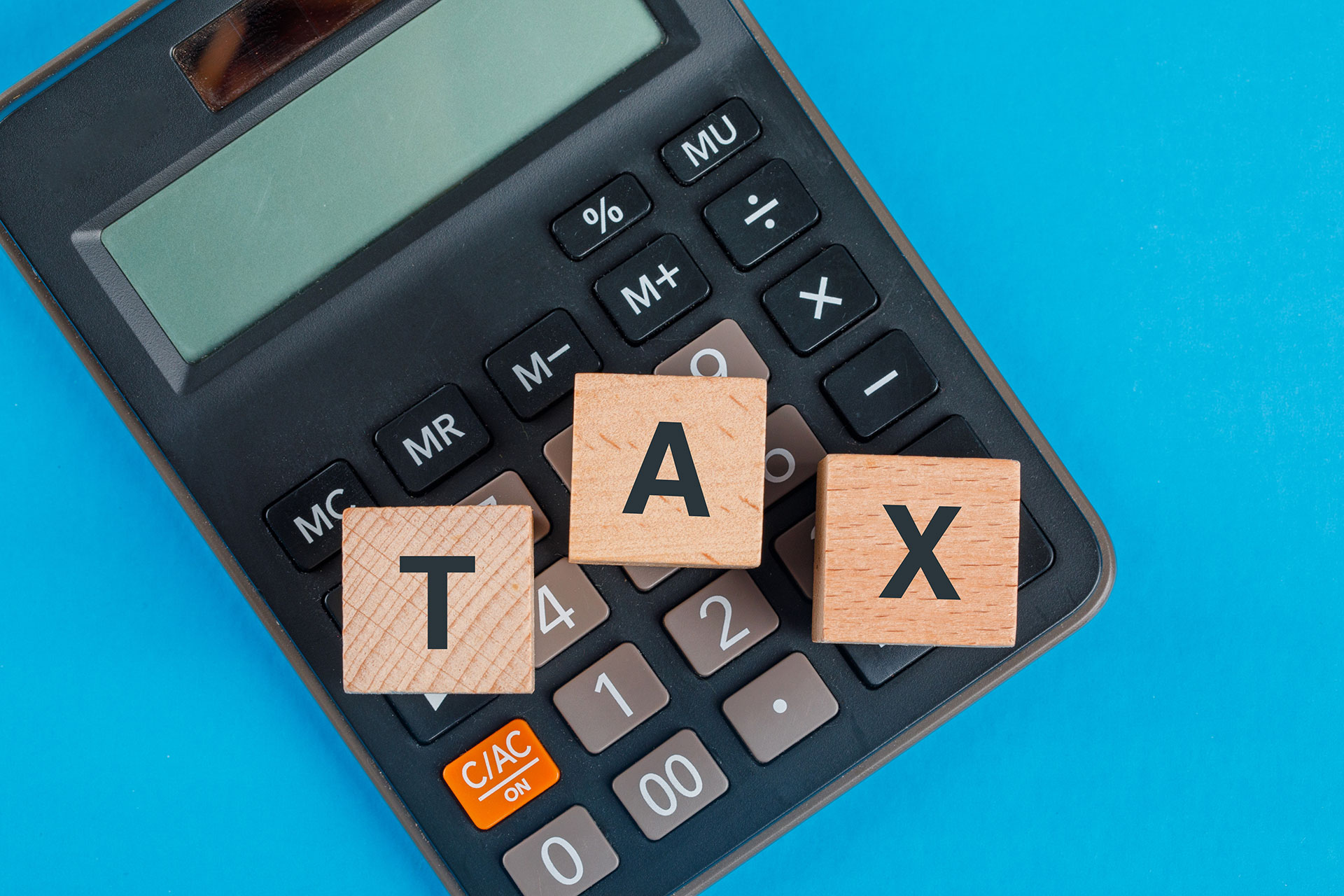Understanding California restaurant tax is essential for restaurant and bar owners in the state.
What is restaurant tax in California?
In California, when you sell food and drinks at your restaurant, you need to add a tax to the price. This is called the restaurant tax, and it’s part of the state’s sales tax. The exact amount of tax you need to add depends on where your restaurant is located. It’s usually between 7.25% and 10.25%. Knowing the exact California restaurant tax rate is important for your pricing strategy.
You can visit the California Department of Tax and Fee Administration website for the latest tax rates.
The 80/80 principle
The 80/80 rule is a key concept in California’s tax system. If 80% of your sales are from food and 80% of that food is taxable, then all your sales are considered taxable. It’s essential that you understand this rule to accurately assess your tax liabilities.
For instance, imagine your restaurant’s total sales are $100,000, and $85,000 of that comes from food sales. Now, if $70,000 of these food sales are from items that are taxable (like hot food), this means 82% ($70,000 of $85,000) of your food sales are taxable. Since both these figures surpass the 80% threshold of the 80/80 rule, all $100,000 of your total sales would be considered taxable under California’s tax system, not just the $70,000.
What makes a transaction taxable?
Determining the taxability of a transaction is based on specific criteria. For instance, hot food, regardless of whether it’s for dine-in, takeout, or delivery, is taxable. Conversely, cold food is not taxable if it’s for takeout. The distinction is clear: the nature of the food and the mode of consumption play a crucial role in tax determination.
How to calculate the tax
Calculating California restaurant tax involves understanding both state and local tax rates. Let’s say your restaurant is in a place with a 9% combined tax rate. If a customer orders a meal that costs $50, you need to add 9% of that price as tax. So, 9% of $50 is $4.50. This means the total price for the meal becomes $54.50. Getting this calculation right is really important for your records and to make sure you’re charging the right amount of tax.
Collecting and handling the tax correctly
It’s super important to collect the right amount of tax on everything you sell. You need a good system at your restaurant for this, like a cash register or a modern POS system that automatically calculates sales tax. Train your staff so they know how the system works. Every now and then, check to make sure you’re collecting the right amount of tax. This ensures you stay compliant with tax regulations and avoid issues with tax authorities.
Paying the tax to the Government
After collecting tax from your customers, you need to pay the collected California restaurant tax to the state authorities as required. There are specific times when you need to do this, usually every few months. If you’re late in paying, you might have to pay extra as a penalty. It’s a good idea to keep a calendar with all the payment due dates.
Keeping track of your taxes
Restaurant bookkeeping services involve maintaining detailed sales and tax records and will help you manage your California restaurant tax accurately. It’s a lot to handle by yourself, especially if you’re busy running a restaurant. You need to make sure that all records are up to date, recorded 100% correctly, reconciled and allocated to the correct period.
Tips for easier tax management
Here’s a few ways that you can help avoid tax issues in your restaurant:
- Use Technology: Modern point-of-sale systems can calculate and track sales tax automatically.
- Regular Training: Make sure your management knows how to properly add new items to include or exclude sales taxes where appropriate.
- Stay Informed: Tax rates can change, so keep up-to-date with any new tax laws in California.
Final thoughts
For expert guidance and assistance with your California restaurant tax and accounting needs, KPI Accounting is here to support you. Our specialized services in restaurant accounting and bookkeeping are designed to help you manage your financial responsibilities effectively. Contact us for a free consultation.
FAQs
How much is restaurant tax in California?
The statewide base sales tax rate in California is 7.25%. However, the total tax on restaurant bills can vary by location due to additional local sales tax rates, which can range from 0.10% to 3.50% or more.




